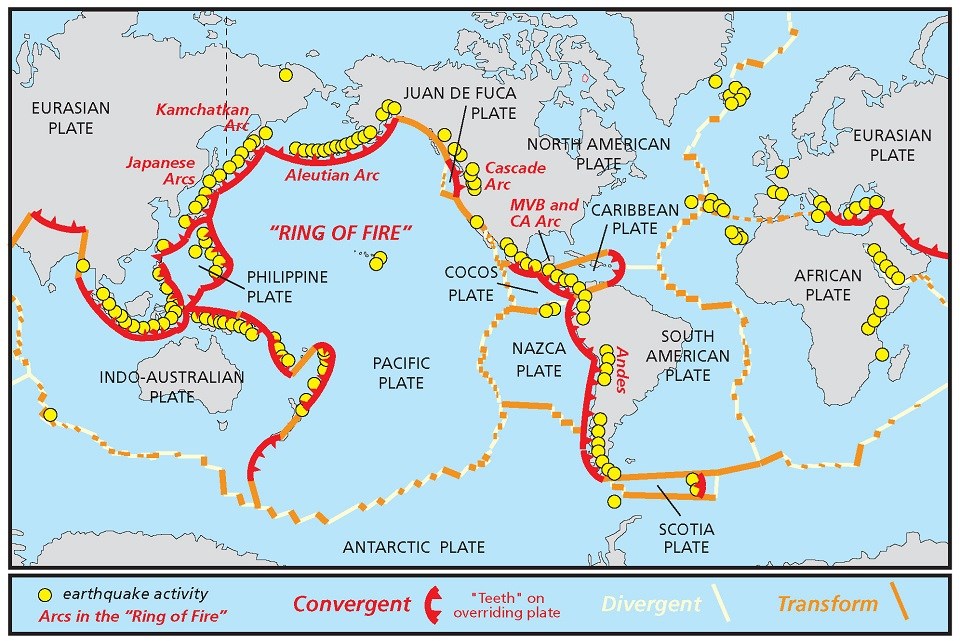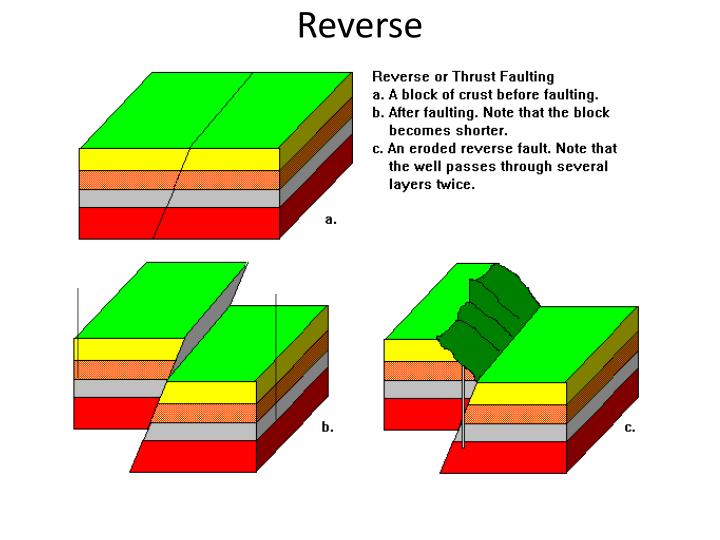

All of them have developed parallel to the direction of subduction. Examples of such arcs are Japan, the Philippines, the Tonga Islands, the Aleutian Islands, and the West Indies Islands etc. Thus, Island volcanic arcs are a chain of islands and mountains that form on the overriding or non-subducting oceanic plate. An island volcanic arc may include islands that develop in the sea from the build-up of volcanic rocks. Island Volcanic ArcĪt ocean-ocean convergent boundaries, the resulting body of many volcanoes is called an island volcanic arc. Areas of ocean-ocean convergence are characterized by ocean trenches, seafloor volcanoes, and volcanic islands. Therefore it easily rises and erupts on the seafloor, ultimately building a volcano or a volcanic island in the sea. Please note that when one oceanic plate is subducted under the other, the resulting new magma is less dense than the surrounding rock. Such boundary would be called an Ocean-ocean convergent plate boundary. It descends into the asthenosphere, or upper mantle, where it will lead to the generation of new magma. When two oceanic plates meet and collide against each other, the denser of the two plates is pulled under the other and is subducted. There are following types of Convergent Boundaries: Ocean-Ocean Convergent Plate Boundary The convergent plate boundaries are also responsible for nearly 75% of Earth’s volcanoes. Comparison: Divergent and Convergent Plate Boundaries.Transform Plate Boundaries: where plates slide past one another.Divergent Plate boundaries: where plates move away from each other.Convergent Plate Boundaries: where plates move toward each other.There are three types of plate boundaries: Plate interiors have much fewer earthquakes. The plate boundaries can be identified because they are zones along which maximum earthquakes occur. While the continents do indeed appear to drift, they do so only because they are part of larger plates that float and move horizontally on the upper mantle asthenosphere. The above discussed Lithospheric Plates are composed of lithosphere, about 100 km thick, that “float” on the plastic asthenosphere. The recent studies show that they may be different parts of two different plates. The Austral-Indian plate is mostly oceanic lithosphere but contains two cores of continental lithosphere– Australia and peninsular India.The continent of Antarctica forms a central core of continental lithosphere completely surrounded by oceanic lithosphere. This means that the other plates are moving away from the pole. The Antarctic plate is almost completely enclosed by a spreading plate boundary.The great Pacific plate occupies much of the Pacific Ocean basin and consists almost entirely of oceanic lithosphere.It is a mix of continental and oceanic lithosphere.


Apart from those, there are some lesser plates and sub plates also. Pacific, American, Eurasian, African, Austral-Indian, and Antarctic. This causes earthquakes.The Earth’s surface is composed of six major lithospheric plates’ viz. As a result, when the two plates finally succeed in moving with respect to one another, huge amounts of energy are released. Lest you imagine a slippery, sliding motion, take note that the surfaces involved are exposed to huge amounts of stress and strain and are momentarily held in place. Transform boundaries are those that slide alongside one another. Another extreme formation due to the convergent boundary is the Mariana Trench, the deepest region on Earth. They formed when the Indian plate got subducted underneath the Eurasian plate. Convergent boundaries are responsible for producing the deepest and tallest structures on Earth.Īmong those that have formed due to convergent plate boundaries are K2 and Mount Everest, the tallest peaks in the world. Sometimes, the plate boundaries also experience buckling. That is, the denser plate gets subducted or goes underneath the less dense one. When they collide, subduction usually takes place.

Convergent boundaries are those that move towards one another.


 0 kommentar(er)
0 kommentar(er)
